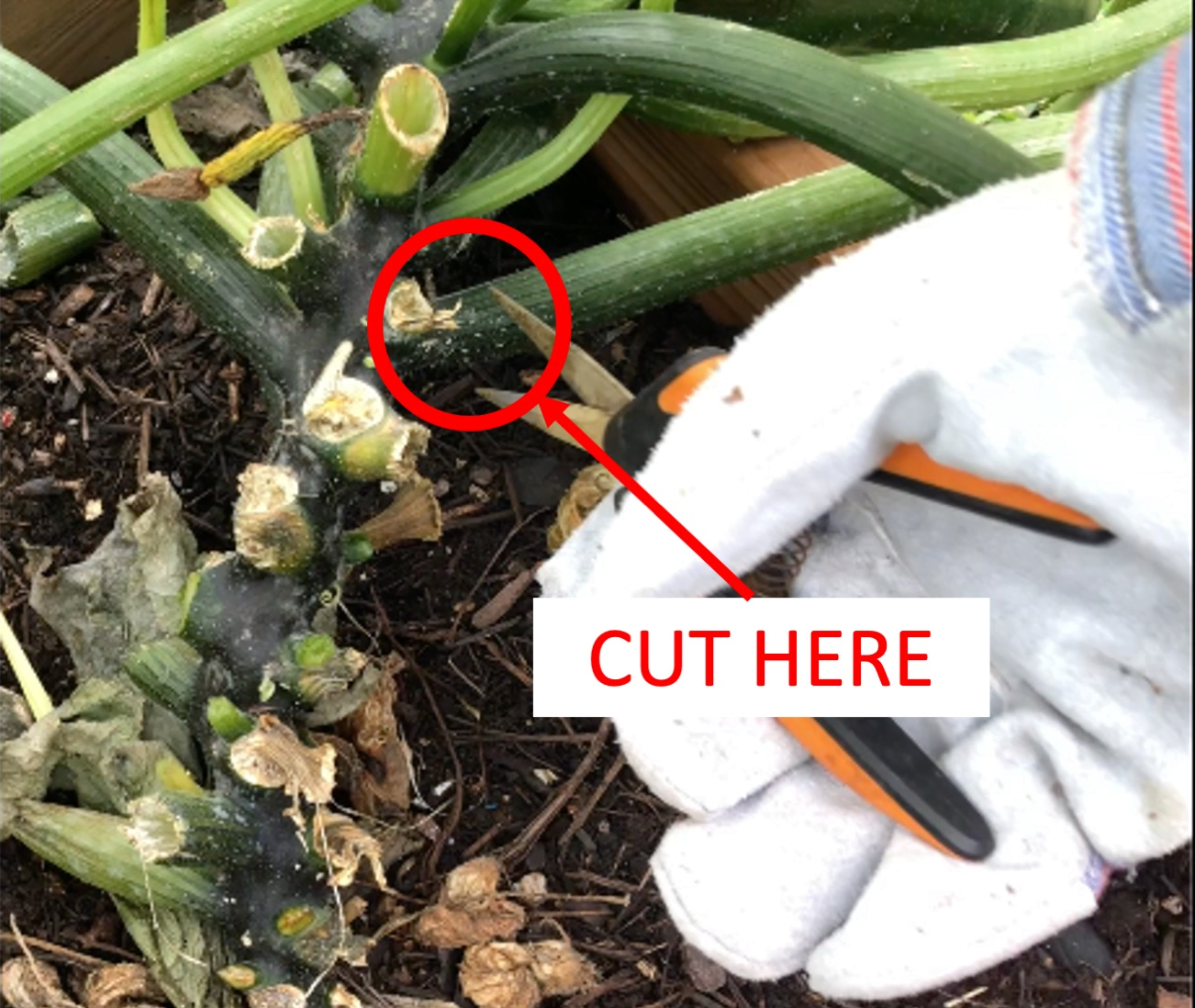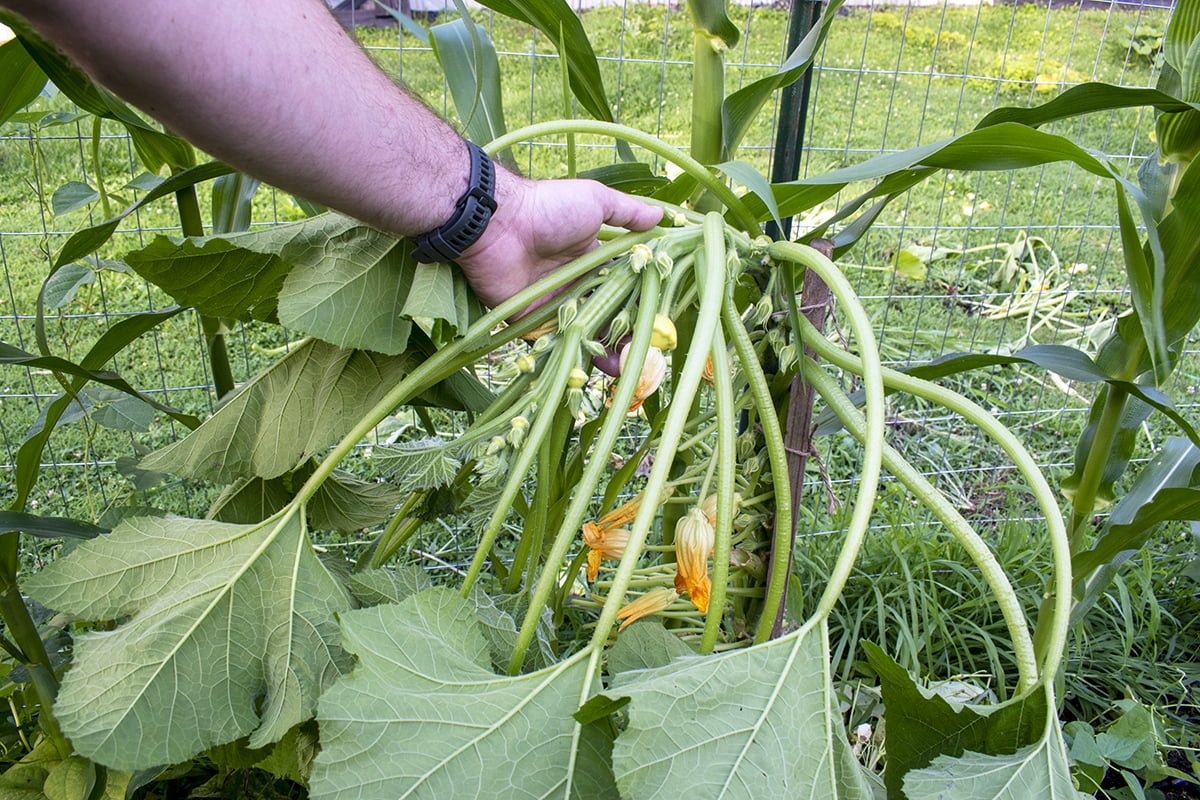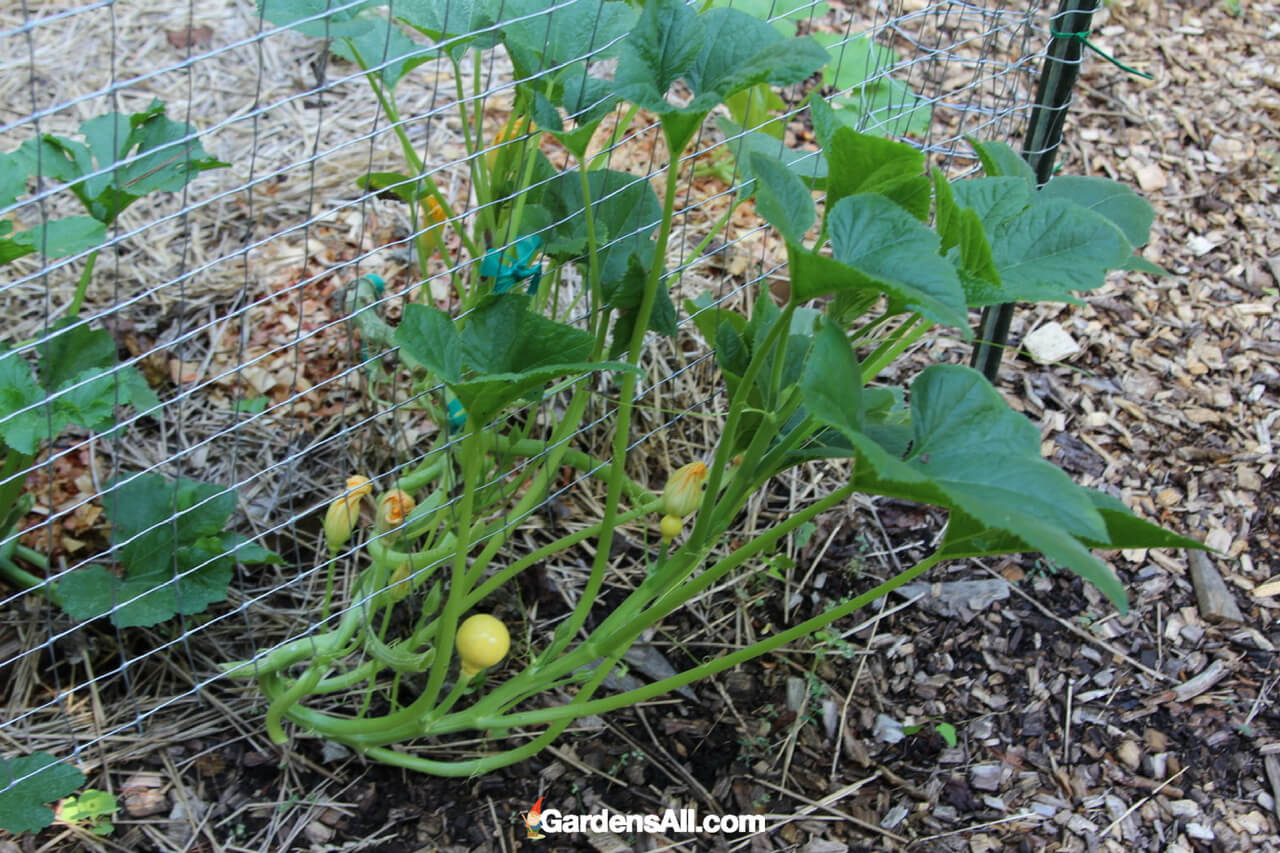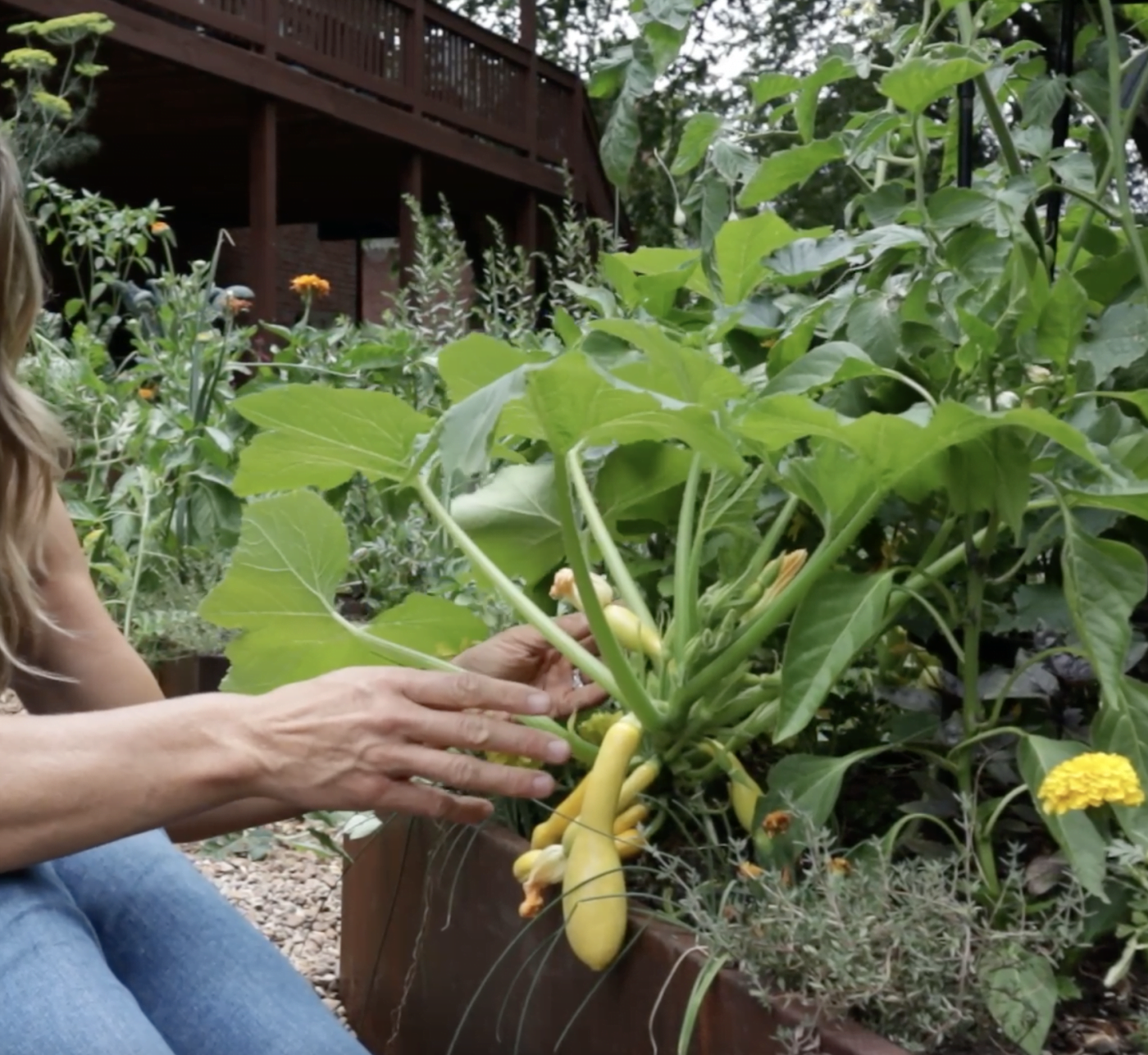So you’ve taken up gardening and are eager to learn all the tricks of the trade when it comes to cultivating yellow squash plants. Well, look no further! In this article, we will guide you through various pruning techniques that will help you maximize your plant’s growth and yield. From removing excessive foliage to encouraging proper airflow, these methods are sure to enhance the health and productivity of your yellow squash plants. So grab your pruning shears and let’s get started on creating a flourishing vegetable garden!
Pruning Techniques for Yellow Squash Plants
Welcome to this comprehensive guide on pruning techniques for yellow squash plants! Whether you are an experienced gardener or just starting out, understanding how and when to prune your yellow squash plants is essential for maximizing their growth and productivity. In this article, we will cover everything you need to know about pruning techniques for yellow squash plants, from the importance of pruning to the specific tools and guidelines you should follow. So, let’s get started!

1. Why Pruning is Important
Pruning plays a crucial role in the overall health and productivity of yellow squash plants. By selectively removing certain parts of the plant, you can promote better air circulation, prevent diseases, train the plant’s growth, and encourage more robust fruit production. Pruning also helps to control the size and shape of the plant, making it easier to manage in your garden. Additionally, removing damaged or diseased foliage prevents the spread of infection throughout the plant and maintains its overall vitality. Therefore, understanding why pruning is important is the first step in successfully maintaining your yellow squash plants.
2. When to Prune Yellow Squash Plants
Timing is key when it comes to pruning yellow squash plants. As a general rule, you should start pruning once the plant has reached a height of about 12-18 inches and has developed a few sets of true leaves. Typically, this occurs around 3-4 weeks after transplanting or when the plant is about 4-6 weeks old from seed. It is important to avoid pruning too early when the plant is still establishing its root system, as this can hinder its overall growth. Similarly, you should avoid pruning too late into the growing season to prevent stress on the plant. Optimal pruning time is usually in the early morning or late afternoon when the temperature is cooler and the plant is less stressed.

3. Tools and Equipment Needed for Pruning
Before you start pruning your yellow squash plants, make sure you have the necessary tools and equipment readily available. Here are the essential items you will need:
- Pruning shears: These handheld tools are designed specifically for pruning and are essential for clean and precise cuts. Look for high-quality shears that are sharp and easy to handle.
- Gardening gloves: Protect your hands from sharp edges and potential thorns by wearing a pair of sturdy gardening gloves.
- Disinfectant: To prevent the spread of diseases between plants, it is important to disinfect your tools before and after each use. Keep a disinfectant spray or solution handy for this purpose.
Having these tools at your disposal will ensure a smooth and effective pruning process, allowing you to achieve the best results for your yellow squash plants.
4. Basic Pruning Guidelines
When it comes to pruning yellow squash plants, there are a few basic guidelines that you should follow to ensure that you do not harm the plant and achieve the desired outcomes. Here are some key points to keep in mind:
- Always use sharp and clean pruning shears to make clean cuts and minimize the risk of disease transmission.
- Cut at an angle, about 1/4 inch above a leaf node or an outward-facing bud. This promotes healthy growth and prevents water accumulation.
- Avoid removing more than one-third of the plant’s foliage at a time. Removing too much foliage can shock the plant and hinder its ability to photosynthesize.
- Regularly inspect your plants for any signs of disease or pests and prune affected areas promptly to prevent further damage or spread.
- Monitor the weather conditions before pruning. Avoid pruning during hot, dry, or excessively humid periods, as this can stress the plant.
By following these basic guidelines, you can ensure that your pruning efforts are effective and yield positive results for your yellow squash plants.

5. Pruning to Control Growth
Pruning is an effective technique for controlling the growth of yellow squash plants. If your plants are growing too vigorously and becoming overcrowded, it’s important to intervene and manage their growth. Start by pruning back any excess lateral branches or suckers that are competing for space and resources. Focus on removing the weaker branches, leaving behind the more robust ones. This will help redirect the plant’s energy towards the remaining branches and promote more vigorous growth and fruit production.
6. Removing Diseased and Damaged Foliage
Regularly inspecting your yellow squash plants for signs of disease or damage is crucial for maintaining their overall health. If you notice any leaves, stems, or fruits that are diseased, damaged, or infested with pests, it is important to remove them promptly. By doing so, you prevent the spread of infection and ensure that the plant’s resources are directed towards the healthy parts. Make clean cuts at the base of the affected area, and remember to disinfect your tools after each cut to prevent further contamination.

7. Pruning to Increase Air Circulation
Yellow squash plants thrive in environments with good air circulation, as it helps to prevent the development of fungal diseases such as powdery mildew. Pruning can significantly improve air circulation by opening up the plant canopy and reducing excess foliage. Focus on removing inward-growing branches or those that are crossing and rubbing against each other. Additionally, consider thinning out some leaves to create space between them, allowing air to flow more freely through the plant. This will not only reduce the risk of fungal diseases but also enhance the overall quality and productivity of your yellow squash plants.
8. Training Yellow Squash Plants on Supports
Training yellow squash plants on supports is an effective method for optimizing space and promoting better fruit production. By training the plants to grow vertically, you can save valuable garden space while also reducing the risk of diseases by keeping the foliage off the ground. When pruning to train your yellow squash plants on supports, focus on removing the lateral branches or suckers that compete for space and direct the plant’s growth upwards. Use soft ties or plant clips to gently secure the main stem to the support structure, ensuring stability. Regularly monitor the plants and adjust the ties as necessary to maintain proper support and promote healthy growth.

9. Pruning to Encourage Fruit Production
One of the main goals of pruning yellow squash plants is to encourage maximum fruit production. When pruning for increased fruit production, focus on removing excess foliage and lateral branches that are not contributing to fruit development. By redirecting the plant’s energy towards the main stem and fruit-bearing branches, you can promote larger and more flavorful squash. Additionally, make sure to harvest mature fruits promptly, as leaving them on the plant for too long can signal to the plant that it doesn’t need to produce more.
10. Pruning for Extended Harvest
If you wish to extend the harvest period of your yellow squash plants, strategic pruning can be beneficial. By removing mature fruits regularly, you can stimulate the plant to produce more flowers and subsequently more fruits. Ongoing pruning will help maintain a healthy plant and ensure a continuous supply of fresh yellow squash throughout the growing season. Additionally, continue to monitor your plants for any signs of disease or pests, and prune affected areas promptly to maintain plant health and maximize the harvest.
In conclusion, understanding and implementing proper pruning techniques is essential for the successful growth and productivity of yellow squash plants. Through strategic pruning, you can control growth, increase air circulation, remove diseased foliage, train plants on supports, encourage fruit production, and extend the harvest period. Remember to follow the recommended guidelines, use the right tools, and regularly inspect and maintain your plants for optimal results. Happy pruning and enjoy the bountiful harvest of delicious yellow squash from your garden!



